Base R
Use matplot to get all the lines at once. But the data must be transposed, R uses column first order.
matplot(t(df1[-1]), type = "l", lty = 1)
legend("topleft", legend = df1$State, col = 1:3, lty = 1)

Package ggplot2
With package ggplot2, this type of problems generally has to do with reshaping the data. The format should be the long format and the data is in wide format. See this post on how to reshape the data from wide to long format.
library(ggplot2)
df1 |>
tidyr::pivot_longer(-State, names_to = "Day") |>
dplyr::mutate(Day = as.integer(sub("[^[:digit:]]+", "", Day))) |>
ggplot(aes(Day, value, color = State)) +
geom_line()

Data
df1 <- read.table(text = "
State Day1 Day2 Day3 Day4
CA 1 5 7 9
NY 10 8 20 90
VT 4 6 9 10
", header = TRUE)

